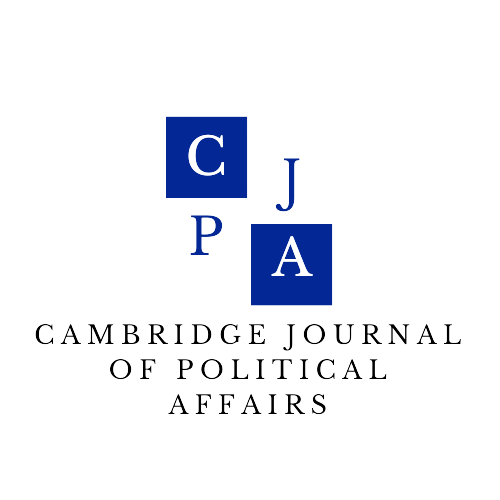Three Questions on Political Representation
ABSTRACT
What is political representation?
It is the gist of democratic state theory. A democratic state is premised on the concept of the people, yet this ‘people’ must be an abstract one to make theoretical sense and can only exist in reality through political representation. Meanwhile, the existence of the people’s representative can only be ascertained by its calling of procuring public order by making and suspending law.
Who is a representative?
The parliament, the monarch or ‘the concrete crowd’ may each proclaim to be (the representative of) the people and procure public order in their own ways. In normal times of liberal democracies, the struggle for representation is merely latent and the parliament is the closest to the representative, while the concrete crowd is withheld by the institution of liberal democracy.
How should the representative act?
This is the classic debate: whether the representative should act according to either the represented’s expressed wishes or its own understanding of the best action to pursue. The dichotomy’s essence is one of the law as authority and as verity. Yet the conclusion drawn from either pole is that the representative should act publicly: it should not consider the wishes or interests of fractions lesser than the people. This notion is applicable not only to the parliament but also to the monarch in its office and the concrete crowd as citizens, otherwise they lose their representative quality. The critical subtext of this essay is a polemic against the vulgar notion that the supreme legitimacy in democracies belongs to the concrete crowd; the concrete crowd is at most a representative, which enjoys no primacy and it wrongly claims directness.
